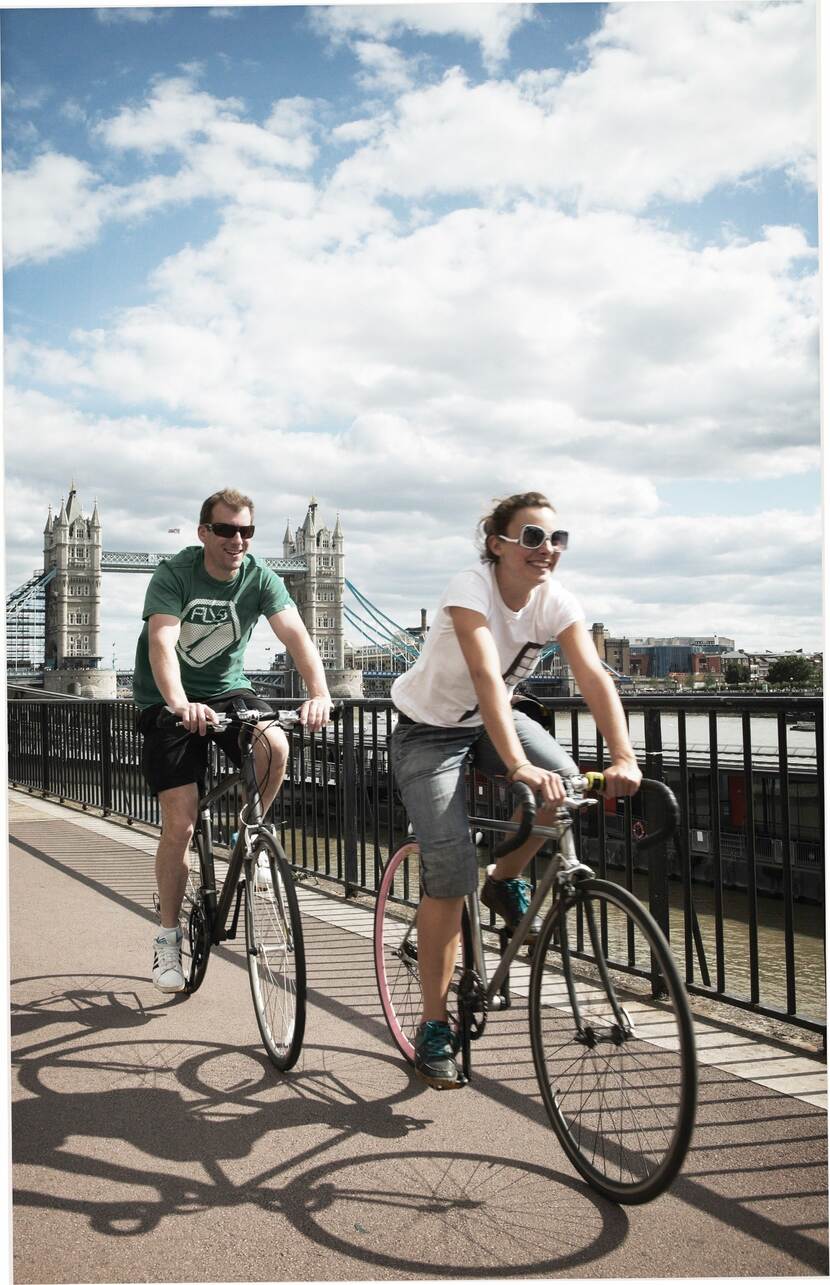During the first Covid lockdown in the spring of 2020, many roads were closed for motor traffic to allow more people to cycle and walk freely and safely across the United Kingdom (UK). A cycle and walking revolution happened. So many Brits (re)discovered the bicycle on the deserted streets. In the summer of 2020 followed an ambitious national cycle and walking strategy named ‘Gear Change’. Many of temporary measures have been turned into permanent ones since then and more Low Traffic Neighbourhoods (LTN) have been created around the country.

Mobility transition accelerated
Since lockdown restrictions have gradually been lifted, the roads are no longer empty. In many places, it seems back to normal traffic volumes. What has not changed is the much-increased volume of bicycles on the roads. This is set to increase even more once work places open their doors again to more staff. Bicycle sales soared to 70+% in 2020 and sales continue steadily. Where e-bikes were virtually absent from Britain’s roads before the pandemic, sales are up by 40% compared to 2019. So have the sales of e-scooters, albeit private e-scooter use being formally illegal for now. A wide e-scooter rental trial is now rolled out across London (with Dutch company Todd as one of the providers).
The first steps on the way to an improved cycle and walking infrastructure were already made some years ago in the UK, where – like in many other countries – motor traffic is a major source of CO2 emissions. Active travel has been identified as an important part of the green recovery plans of the British government. It has boosted the mobility transition to greener means of transport and active travel.
The Department for Transport announced £2bn for cycle and walking infrastructure, with the aim to double to number of cyclists in 5 years (from 2 to 4%). Cycle campaign organisations have however calculated that a mere £6 to 8bn would be necessary to realise these ambitions. For 2020-2021, £257m has been budgeted and the £2bn are yet to be confirmed.
Interesting market for EV
There are more opportunities for the Dutch mobility sector in the UK. Notably in England, serious efforts are made in the roll out of charging facilities for electrical vehicles. The ambition is to increase the number of charging facilities to 2500 in 2030 and 6000 in 2035.

Opportunities for Dutch businesses
A number of Dutch companies already work succesfully in the UK. An example is cycle parking manufacturer Falco, who established a branche in the UK long ago. They have become the UK’s largest supplier of cycle parking hubs. Another example is Van Moof designer bikes, who established itself a number of years ago in central London with a brand store. More and more electric Van Moof’s can be seen on London’s streets. Opportunities are also present for service providers. Mobycon mobility solution providers for example have advised a number of British councils on safe cycle infrastructure and more. So have Witteveen+Bos, who established themselves a number of years ago offering engineering service on active travel and air pollution and are now expanding their UK offer to their other areas of expertise.
At the end of 2020, the Dutch Embassy in the UK published a UK Cycle Consultancy Market Report to give Dutch companies more insight into the UK cycle market. You can request your copy by sending an email to our Economic Team.
Read to explore the sustainable mobility market in the UK? Contact the Embassy!
The Dutch Embassy in the UK supports Dutch companies that interest in the sustainable mobility market. Please contact us if you have questions on the developments of this market in the UK or if you are interested in working with us on the regular webinars/events we organise in this field. You can contact us by email: LON-EA@minbuza.nl.